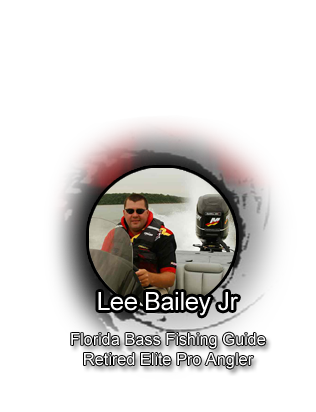How to Fish plastic worms for Bass

Worms Standard For Hawgs is a great way to catch bass. Available in many shapes, colors, and sizes, you won’t find a more versatile bass lure than the plastic worm. Artificial lures are made to mimic live bait and worms are a bass favorite. With the numerous ways to rig them, the possibilities are endless. However, plastic worms is a very broad topic, so I’m going to break it down to the basics.
Plastic worm fishing seldom gets a lot of attention in articles and videos about summer bass fishing. Other approaches are newer and flashier, and seemingly would provide an edge. Plastic worm fishing produces bass in a huge range of water types and conditions, though, and summer is prime time to put a worm to work in your favorite bass waters.
Plastic worms can go in places where many other bass fishing lures cannot, and the slender profile makes even a large worm look like easy prey for a bass. Worms are also less expensive than many other types of lures, and they are generally easy to fish. Let’s look at some of the best rigging options and presentations for summer plastic worm fishing.
How to fish Worms Standard For Hawgs:
You can rig bass worms in many different ways. Because of the versatility of plastic worms, they work with many types of hooks. However, the most popular hook for rigging a rubber worm is the 3/0 EWG worm hook. The longer shank extends the worm and the extra-wide gap provides a better hook set on bass that chomp down on the plastic. The all-around Worms Standard For Hawgs rig is the Texas Rig. Drag it along the bottom with a finesse plastic worm or bounce it up and down.
To work a similar method on finicky bass, use a Carolina Rig with a 2-3 foot leader. The leader gives you more separation from the weight so tricky bass aren’t spooked. For the most finesses approach, rig up a Wacky Rig. This one is presented more vertically, and it wiggles on its way down. Toss it out and let it drop. Reel in a few paces and then let it drop again. For deeper, cold water bass, drift the Drop Shot Rig across the mid-lake structure. Other ways to rig bass fishing worms is to use on a jig or a shaky head – the options are endless.
Where to fish:
Although there are many types of plastic worms and several ways to rig them all, there are two main ways to fish Worms Standard For Hawgs. When you are around any sort of cover, the key is to pitch and flip the worm around the edges and within the cover. Search in and around the cover to increase your chances of finding bass. Rig your hook in a weedless fashion by covering the tip of the barb. The other popular way to fish a rubber worm is to target open water structure by casting and retrieving the bait. Structural features like points, offshore humps, and saddles are your target. Use the drop shot rig in this deeper water to bounce or drag the bait back in. Plastic worms can be worked fast or slow but let the fish dictate your approach.
Equipment:
The best fishing rod to use with a beaver would be a medium-heavy or heavy, with a length of 7’ 0” or 7’ 6”, and a tip action of fast. For a reel only use a 6:1 gear ratio or a 7:1 fast to get the fish moving right away once hooked. For line, either Fluorocarbon or braid.
Tip:
“I choose my weight size in accordance to the depth I’m targeting and the behavior of the bass”. “You absolutely have to figure out the correct fall rate to catch more bass. If they get too good of a look at your worm, they won’t touch it. There’s no formula or guarantees because it changes every day, so it’s important to always try different weight sizes.”
As a general rule-of-thumb a faster fall and presentation in clear water with a 5/16 or 3/8-ounce weight and a slower fall and presentation in dirty water with a 3/16 to 1/4-ounce weight.
“There are a lot of variables that determine weight selection, but I always tell beginners to start out with a 3/16 and 1/4-ounce weight”. “When it’s a tough bite in stained water, I’ll slow down with a 1/8-ounce weight and make longer casts. If I’m trying to force reaction bites in clear water or battling windy conditions, I might beef it up to a 3/8-ounce weight for a faster fall and a better feel of the bottom.”
If you’re not using this versatile big fish catching bait, you are missing out. Worms can be used in a variety of situations and are effective almost all year. They are exceptionally effective during the summer when bass are looking for an easy meal. Tie one on and give it a try this year, you will be glad you did.
“Catch The Dream!”




